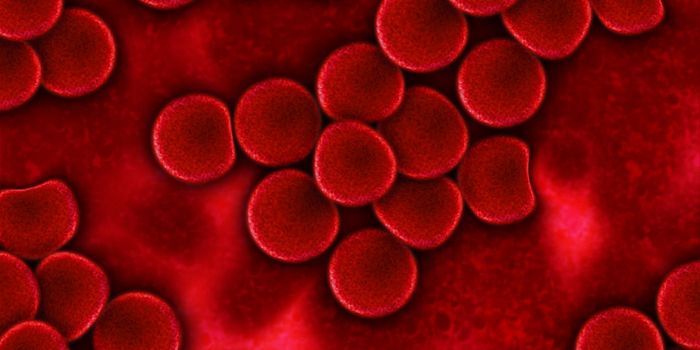The Not So Minor Genetic Players in Head and Neck Cancers
Head and neck squamous cell carcinomas (HNSCC) are among the most prevalent cancers among smokers, linked to alcohol consumption, and the human papillomavirus (HPV). With the access to modern high-throughput genetic screening, several common, or “driver”, mutations in oncogenes such as p53, NOTCH1, and HRAS have emerged. Following these are what are referred to as “long tail” mutations, called so for the tail off in importance.
A group in Toronto Canada hypothesized “several such low-penetrant mutations might cooperate and substantially promote tumor progression”. They began testing by setting up a screen using CRISPR and a library of 418 single guide RNAs (sgRNA) targeting long tail mutations in host mice that already harbor driver mutations in Pik3ca, HRas, or p53, and a mouse expressing HPV oncogenes. Control mice showed that the driver mutations alone were not enough to trigger HNSCC, however with the addition of long tail mutations by CRISPR all mice developed tumors within weeks. Another control using long tail genes found in breast cancer against Pik3ca mice showed no tumor development, inferring the long tail mutations used in this paper were specific to HNSCC.
With the successfully screen, the group moved on to testing the mutations that recurred the most. The standouts among the long tail mutations were Adam10, Ajuba, and Ripk4. Mutations in Adam10 and Ripk4 alone even proved to be enough to provoke cancer formation after a period of long latency. Seeking to understand why these three appeared so prevalently in the screen, they turned to the literature and found links to something called NOTCH signaling.
The NOTCH signaling pathway is responsible for regulating expression of certain genes and in other work has been linked to HNSCC tumor suppression in humans and mice. ADAM10 was previously found to be a player in the activation of NOTCH1 itself, and in fact inhibition of ADAM10 led to lower expression of many NOTCH controlled genes. Ajuba was similarly found to play an indirect role in NOTCH signaling, binding and inactivating NOTCH binding partners. Loss Ajuba showed similar results as ADAM10 inhibition and NOTCH pathway impairment. Ripk4, alongside many of the top hits found in their screen, turned out to genes under the control of NOTCH signaling.
The group concluded that “As in the case of HNSCC, the identification long tail genes that drive tumorigenesis in other cancer types may show convergence on specific pathways and reveal new regulators of those pathways and could inform on cancer biology and tumor evolution”. Much of the focus of the many genomic screens has been on the driver mutations, however the group states that the data needs to be analyzed further. The importance of other long tail genes in other cancers may have been overlooked and could prove a valuable source of drug targets for future anti-cancer therapies.
Sources: Science, Serious Science









